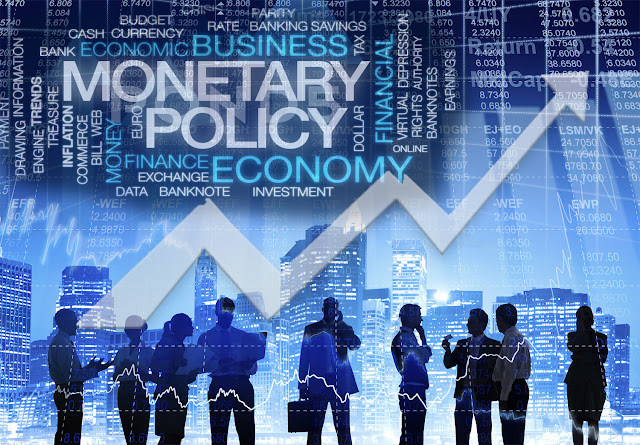Restoring Economies from the Persistent Pandemic - Monetary Policy Lessons from China

In his address to the World Economic Forum held on 17 January 2022, the Chinese President stated that “The global low inflation has notably changed, and the risks of inflation driven by multiple factors are surpassing. If major economies slam on the brakes or takes U-turn in their monetary policies, there would be serious negative spillovers. They would present challenges to global economic and financial stability, and developing countries would bear the brunt of it.” This is an alert on impending monetary tightening widely spoken world over led by financial markets and central banks in developed countries in response to fast rising inflationary pressures since third quarter 2021. Such inflationary pressures have caused rise in market interest rates pushing central banks with no option but to lean with the markets by raising policy rates and tapering asset purchases. Impending Global Monetary Tightening The Bank of England has already started by raising the Bank Rate by 0.25% w
